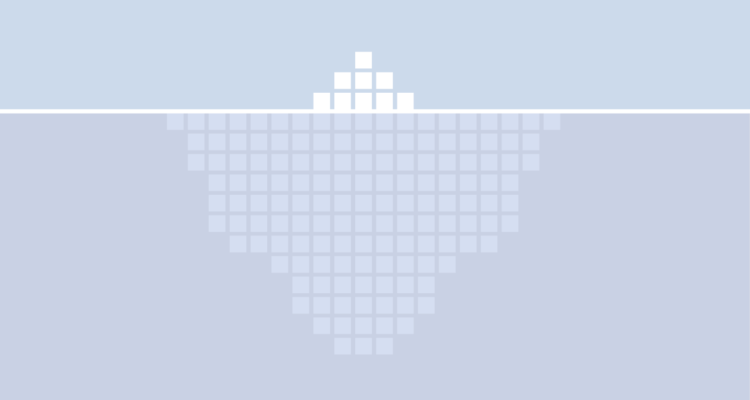Statistics is asking questions about data and trying your best to answer those questions. If you treat every dataset the same, sans context, you just make calculations that don’t mean a whole lot. Maybe there’s an upwards or downwards trend. Maybe two variables correlate.
But what does that mean outside the quantitative definition? How does it apply to those reading the results of an analysis? If you can’t answer these questions, then you don’t know enough about the data, where it came from, why it exists, and what it represents.
To access this issue of The Process, you must be a member. (If you are already a member, log in here.)
The Process is a weekly newsletter on how visualization tools, rules, and guidelines work in practice. I publish every Thursday. Get it in your inbox or read it on FlowingData.
You also gain unlimited access to hundreds of hours worth of step-by-step visualization courses and tutorials, which will help you make sense of data for insight and presentation. Resources include source code and datasets so that you can more easily apply what you learn in your own work.
Your support keeps the rest of FlowingData open and assures the data keeps flowing freely.


